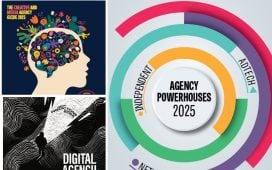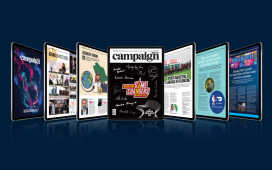Martin Oisterschek, director of innovation at Serviceplan Group Middle East, looks at where the code meets the road in the future of shopping
Hear me out before you turn that page, because chances are, digital retail may not be what you think it is. It certainly goes beyond simply replacing a point of sale poster with a digital screen, and most definitely it transcends the host of technologies that actually enable it. Why? Because digital retail is still “retail” at the end of the day, and the retail floor is still a retail floor – a tangible physical space for actual customer interaction.
Digital retail is all about enhanced customer experiences on the shop floor. It can take the form of
To continue reading this article you need to be registered with Campaign. Registration is free and only takes a minute. Register Now or sign in below if you already have an account.









